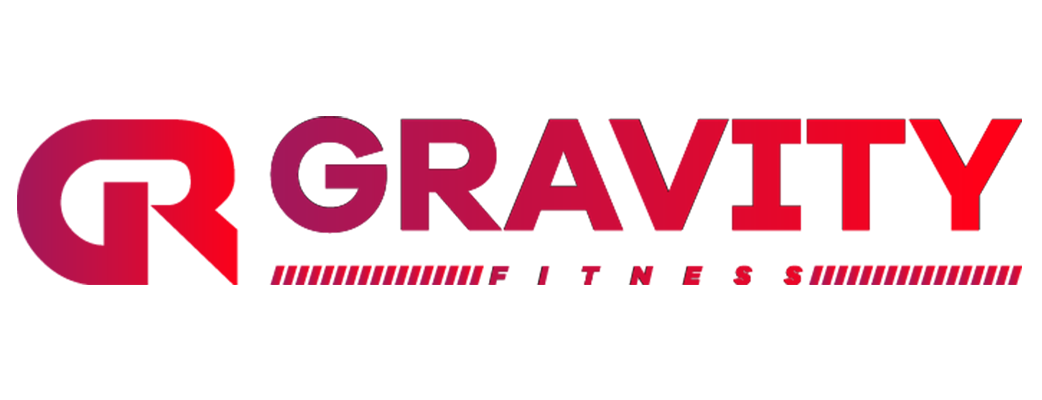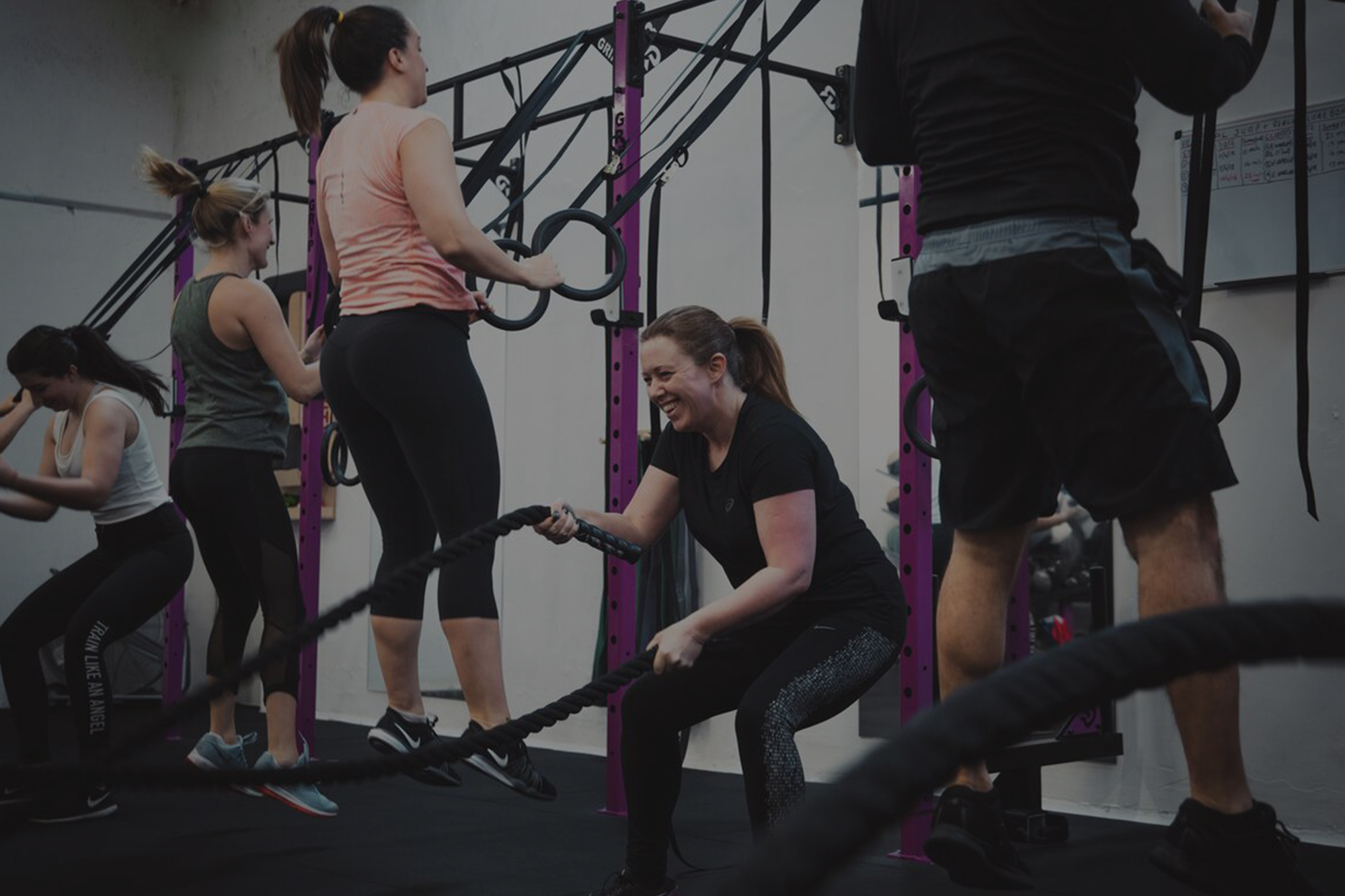Since I’m currently completing my PhD in Strength and Conditioning through the University of Limerick and working as a personal trainer in Gravity Fitness, I thought it would be fitting to discuss the similarities and differences between my two roles. The fitness industry is full of so many varied disciplines promoting health, wellness, mobility, movement etc. There is an emerging trend of the term “sports performance”. There are differences between training the athlete and general population but there are also many similarities. Athletes need to train for movements specific to their sport, they need to train for power and strength and most importantly, they need to be able to move their bodies effectively in a linear and lateral manner if that is required for their sport. Otherwise they will not be very successful. A common question we get asked is “where should I begin? What type of training should I include?” A good place to start is to look at the FITT principle: “Frequency, Intensity, Type, Time”. Frequency is important when it comes to resistance training. The American College of Sports Medicine (2002) recommends 2-3 days per week for beginner strength training, 2-4 per week for intermediate training and 4-6 days for advanced strength training. For the general population 3-4 days with a busy lifestyle is optimum. Intensity can differ for general population and athletes with athletes often train at a higher intensity. Motivation plays a major role in the amount of intensity put forward. For athletes it could be a big game, for the general population it could be to run a 5k in under 30 minutes. Having a goal and something to aim for helps with achieving goals, a reason we have clients set out goals at the beginning of the training and are revisited every 6 weeks. Type refers to resistance training, which can involve bodyweight, resistance bands or weights for example. Finally, time refers to the amount of time that should be spent training, and it is generally recommended that resistance training shouldn’t exceed 45 – 60 minutes to avoid overtraining.

At Gravity Fitness, we adopt a “sports performance” approach to our training. Our goal with all clients is to build athleticism. By implementing a sports performance coaching mentality and applying that towards the goals of the individual, be it fat loss, increased muscle tone, better movement, ability to touch their toes, we believe it yields more effective functional benefits in a more fun and challenging environment. We include the whole fitness picture in a week’s training: strength, power, plyometrics, agility, acceleration, deceleration, quickness and endurance. More recently we have included some testing, an added feature to our approach, with clients enjoying this fun and competitive aspect to the training. We’re training our clients to be more powerful or explosive, to jump further, move quicker, lower their centre of gravity, and decelerate effectively. Our training environment helps build athleticism, reduces injury risk and returns great results.




